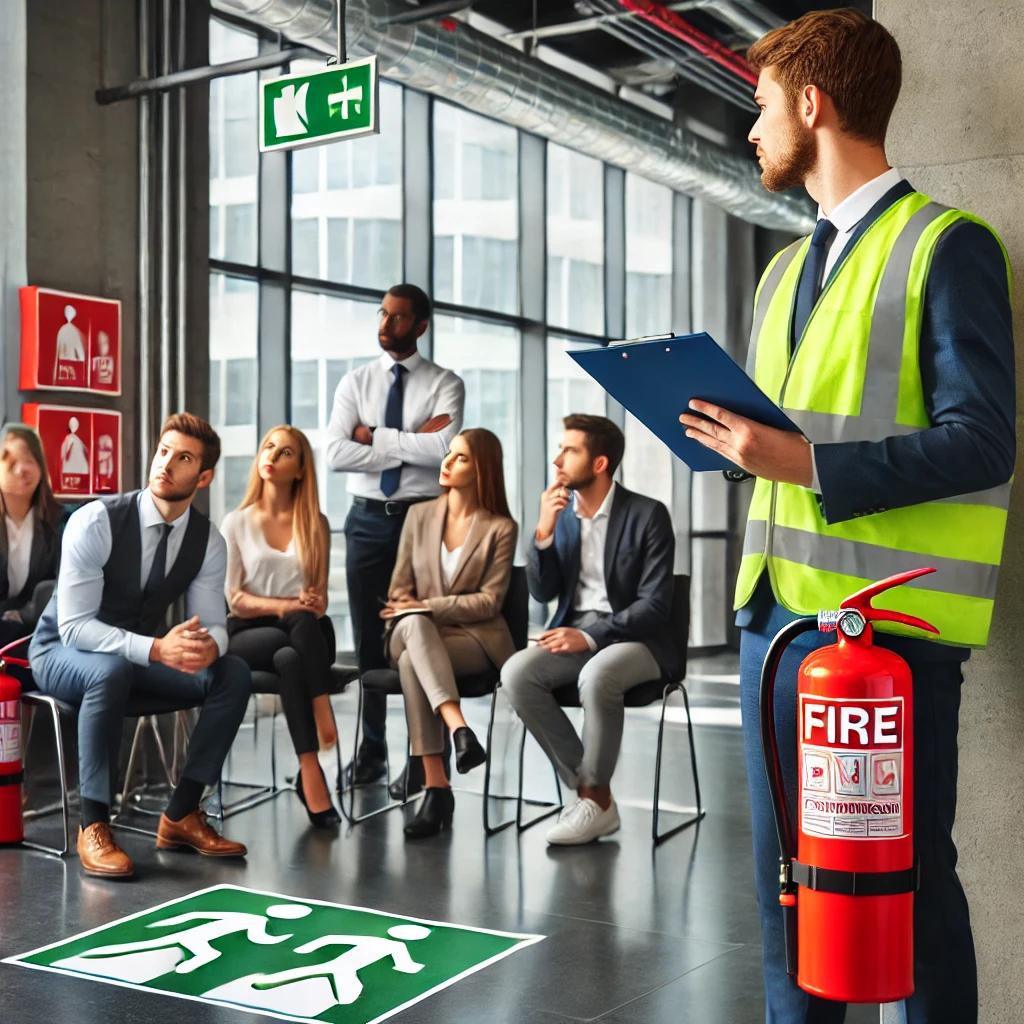Fire Risk Assessments (FRA) should be carried out regularly to ensure ongoing compliance and safety.
The exact frequency depends on various factors, but general guidelines include:
1. At Least Annually – It’s recommended to review and update the FRA every 12 months to ensure it remains valid.
2. After Significant Changes – A new FRA should be conducted if there are:
o Changes in building layout or usage.
o Introduction of new equipment or processes that may affect fire risk.
o Changes in occupancy (e.g., more people working or living in the building).
o Structural alterations.
3. Following a Fire Incident – If a fire has occurred, a reassessment is necessary to identify causes and prevent recurrence.
4. Every 3 to 5 Years – A full, comprehensive FRA should typically be carried out every 3 to 5 years, depending on the risk level of the premises. For high-risk environments (e.g., care homes, hospitals, factories), more frequent assessments may be required.
A Fire Risk Assessment (FRA) should be conducted regularly to maintain safety and compliance with legal requirements. Here’s a detailed breakdown of when and how often it should be carried out:
1. Initial Fire Risk Assessment
• A comprehensive FRA must be conducted when a building is first occupied or if a business moves into new premises.
• This establishes a baseline for fire safety measures.
2. Regular Reviews and Updates
• Annually: A fire risk assessment should be reviewed at least once a year to ensure it remains relevant.
• Every 3–5 Years: A full, in-depth re-assessment should be conducted at least every three to five years, depending on the risk level.
3. When Significant Changes Occur
A new FRA should be conducted if there are any major changes, including:
• Structural Alterations: Renovations, extensions, or layout changes.
• Changes in Use: If the building’s purpose changes, e.g., from an office to a restaurant.
• Increase in Occupancy: More employees, tenants, or visitors using the premises.
• New Equipment or Processes: Installation of machinery, storage of flammable materials, or changes in work processes.
• Introduction of New Fire Hazards: Electrical rewiring, new heating systems, or use of
hazardous chemicals.
4. After a Fire Incident
• If a fire or near-miss occurs, an immediate FRA is necessary to determine the cause and implement corrective measures.
5. High-Risk Environments
For buildings with high fire risks, assessments should be conducted more frequently:
• Hospitals & Care Homes: Every 6–12 months due to vulnerable occupants.
• Schools & Educational Facilities: At least annually.
• Factories & Warehouses: Every year, especially if storing combustible materials.
• Hotels & High-Occupancy Buildings: Regular checks to ensure safe evacuation routes.
Legal Requirements
• In the UK, the Regulatory Reform (Fire Safety) Order 2005 requires that fire risk assessments be “suitable and sufficient” and kept up to date.

